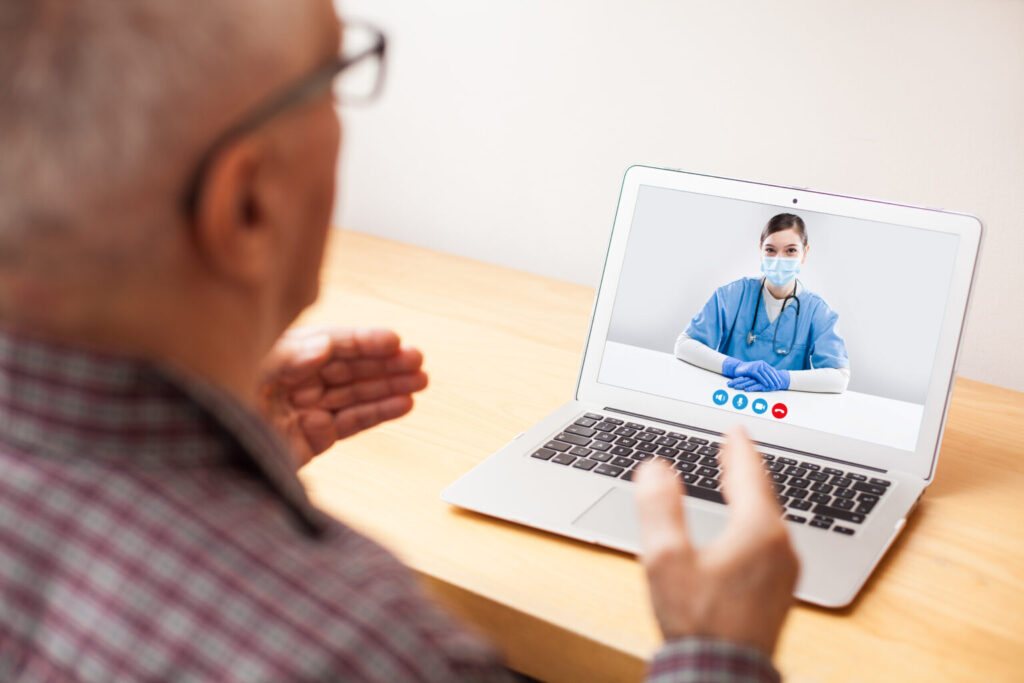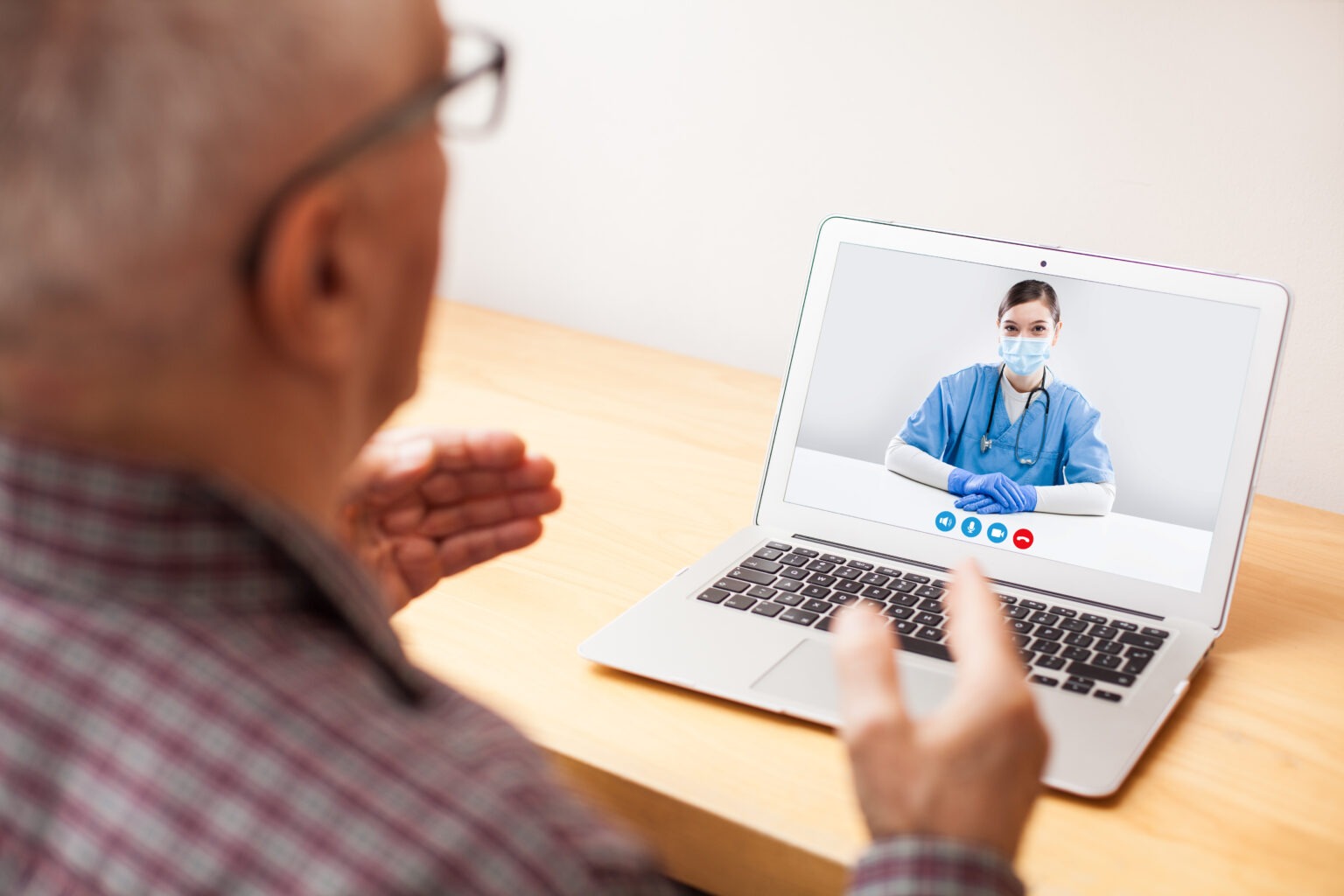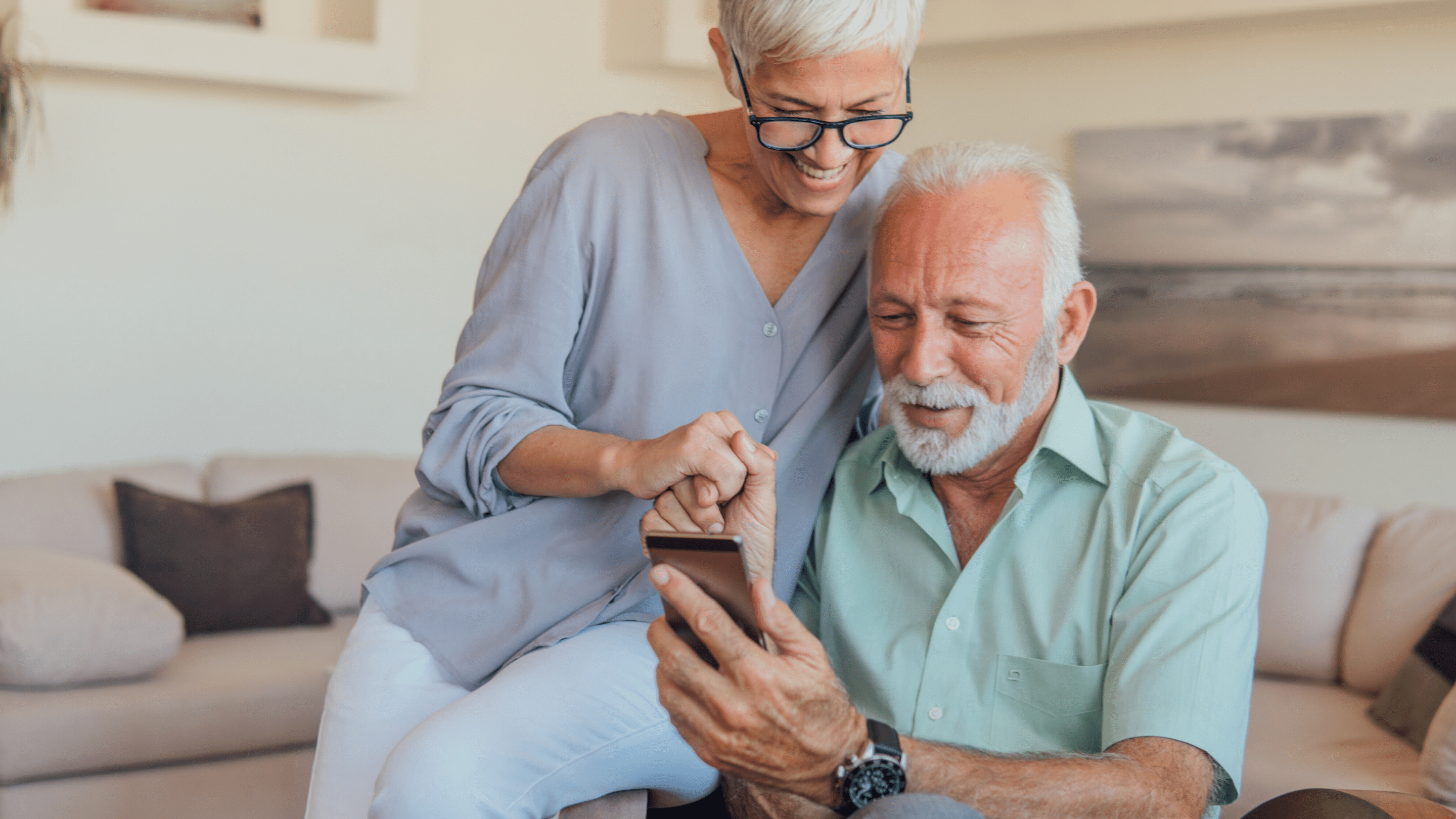
By Ria Madan
We have all seen in recent years how technological advancements have made our lives easier including healthcare, and especially for older adults. Connected medical devices and wearables have altered the way seniors live daily by promoting independence, enhancing wellness, as well as altering the way caregivers predict and react to critical issues. Offering new and improved devices and features will continue to enhance the way older adults stay connected and engaged in their own healthcare, and how those who care for them can make better informed decisions that positively affect longevity and quality of life.
When wearable technology was first introduced to consumers, it focused primarily on physical activity and tracking simple metrics like step count. Since then the wearable technology market has expanded exponentially and is expected to reach $70 billion by 2028. A significant part of the rising market is medical grade devices and wearables that focus on monitoring the safety and wellness of individuals. The most prevalent users of such devices are older adults who may have recently had surgery, are prone to falls, or those who have conditions that need to be continuously monitored such as diabetes, hypertension, dementia, and other cognitive issues.
The Benefits of Wearable Medical Devices for Senior Living
- Independent Lifestyle: One of the main benefits of wearable devices for older adults is the ability to promote a more independent lifestyle. Smart devices with features like fall detection give seniors more confidence and a sense of control over their life. If a senior wearing a medical device falls, the device can send an alert to emergency services, caregivers, friends and family. Knowing that help is immediately informed and readily available gives both the seniors and those who care for them peace of mind that they will be taken care of in case of emergencies or accidents.
- Real time data: Another key benefit of wearable devices is the ability to collect real-time data. These devices give users the ability to continuously track their metrics such as heart rate, blood pressure, blood sugar, and overall activity, allowing them and their doctors to monitor and address any imminent health concerns much earlier, and to create personalized health and wellness plans focusing on areas of improvements to avoid long term problems. Furthermore, tracking these metrics and more can potentially help detect other related health issues earlier allowing older adults and their caregivers to be proactive by focusing on reducing the risks and complications that may arise, rather than being reactive.
- Mental Health: Medical devices can also help with mental health of older adults by offering features like mood and sleep tracking, meditation and deep breathing exercises, as well as push notifications and calendar reminders. Since many seniors living in independent and assisted living communities may be isolated and lack social interaction, they can suffer from loneliness and depression. These devices can act as a mechanism to inform older adults of community activities and notify them of events on the calendar, connect them with other residents through social feeds or directories, and encourage them to engage through push notifications. Devices are the connection with the apps and features that facilitate a sense of community engagement and that help ward off isolation for older adults.
- Remote Patient Monitoring: Wearable devices also have the ability to sync with telehealth platforms allowing healthcare providers to monitor and track patients remotely giving seniors the flexibility of not having frequent in-person visits with their doctors. Since many older adults may have mobility issues, transportation challenges or lack caregiver/companion availability, telehealth may be the only option for them. And since consistent care helps keep older adults healthier longer, connected devices and telehealth is a game-changer.
Challenges of Wearables Medical Devices
- Data Privacy & Security: Since these devices are connected to sensitive healthcare information, there are policies that must be adhered to in terms of data privacy and security. For older adults and their caregivers to feel informed and comfortable using connected devices, including telehealth services, these policies need to be transparent, comprehensive and understandable.
- Usability: Although older adults are becoming more and more comfortable with new technology, there are still a large number that struggle with adoption due to certain limitations, as well as poor design. Small screens and fonts can be difficult to read, and touch screens with poor navigation or too many buttons/features can cause confusion. The key to device adoption and use by older adults is a well thought out user experience that is not intimidating and that is intuitive and easy to use.
- Cost: Many devices, particularly those with extensive features, can be expensive out of pocket, and purchasing and maintaining them can deter those with lower incomes. Additionally, many devices also require subscription fees further adding to the cost. Because expense can be prohibitive for some older adults, these devices and their benefits can be elusive.
The Future of Wearable Medical Devices
As the wearables market is projected to reach $70 billion by 2028, we can expect significant advancements in wearable medical devices. With the integration of predictive analytics and AI, these devices will increasingly anticipate patient needs, enabling highly personalized health plans. This evolution will address key patient concerns, including usability and cost, leading to more effective and accessible healthcare solutions.
Sources:
- https://blog.highgateseniorliving.com/digital-caregiving-best-wearable-devices-to-help-older-adults-and-caregivers
- https://www.wareable.com/health-and-wellbeing/how-wearables-can-improve-elderly-peoples-independence
- https://healthtechmagazine.net/article/2024/03/trends-wearable-technology-for-healthcare-perfcon
- https://www.linkedin.com/pulse/impact-wearables-healthcare-from-wrist-wellness-jo%25C3%25A3o-bocas-tk5we/?trackingId=Yh4n3PkhrdpBKZSDRALXfw%3D%3D


